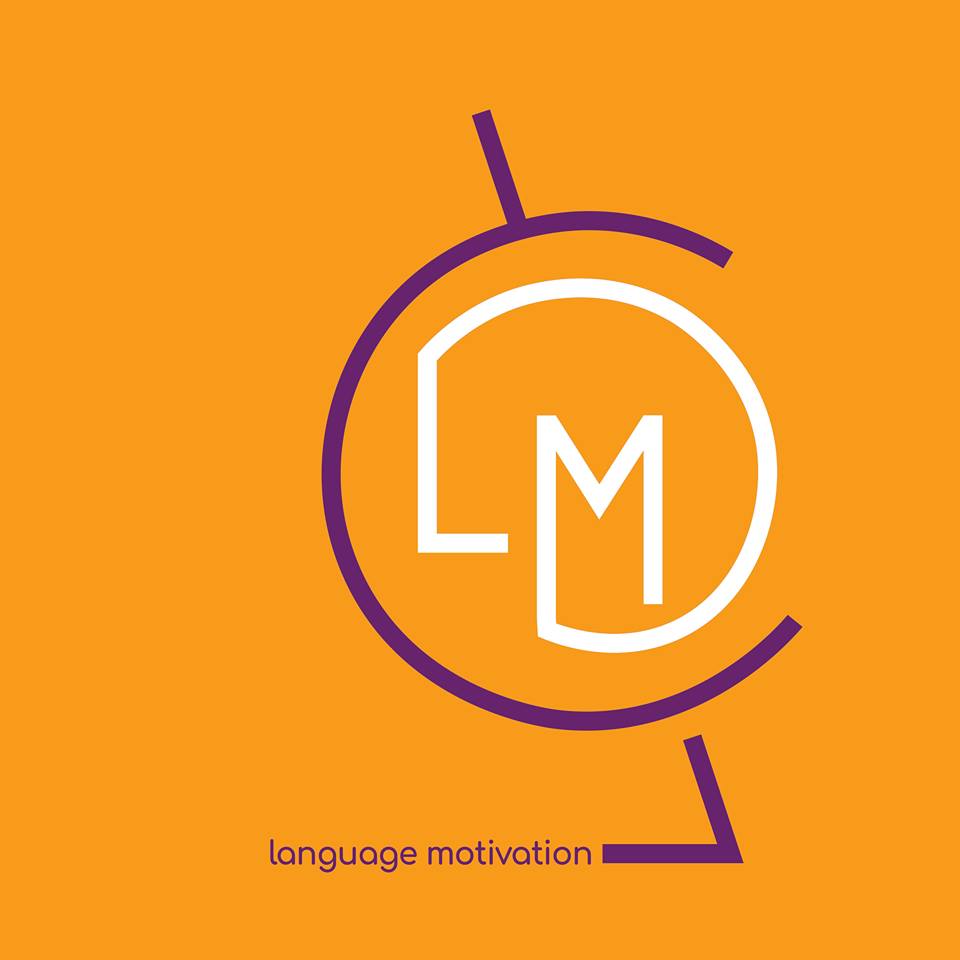Learning Dutch is commonly seen as a challenging task. However, we aim to change that perception. As language innovators, we have developed methods that make it achievable to conquer the Dutch language with motivation and, most importantly, the right approach.
At our online language school, we employ the F.A.S.T. method – an acronym for Fundamentals, Adult-specific, Stimulating, and Tailor-made. This approach allows learners to quickly progress and reach a B2 level within just six months, which is an impressive accomplishment.
In this blog post, we will delve into how you can enhance your Dutch learning journey using the F.A.S.T. method.
Tip 1: Build your vocabulary
Dutch has a rich vocabulary, with many words that are similar to English. However, there are also many unique words and phrases that may take some time to learn. With the F.A.S.T. method, you’ll have access to engaging and stimulating material that can help you build your vocabulary in a fun and effective way that sticks!
Use the words you learn with every opportunity either by writing or speaking.
Get used to repeating the same vocabulary until it’s boring and then take yourself to the next level: Add new words to say something different and speak or write based on what you already know. This is an easy way to expand your vocabulary in a manageable and joyful way.
Learn new words through context. It’s the only way to actually memorize them and then use them correctly.
Instead of learning 50 words by heart, in a sterile way, be content with acquiring 25 words which you know exactly how to use, as you can either read them from an authentic text or you can hear them used from native speakers in their context!
Tip 2: Focus on pronunciation
Dutch pronunciation can be tricky, with a variety of sounds that may be unfamiliar to English or latin language speakers (and Greek too!).
However, focusing on pronunciation is essential to communicating effectively in Dutch. With the F.A.S.T. method, you’ll have opportunities to practice your pronunciation and receive feedback on your accent.
It’s key to practice your speaking activities at home, before the lesson.
I have two suggestions for you:
- You can choose two points, e.g. point A: Your desk and point B: The window / door at the other end of the room. Then go to point B and start reading a text or presenting a speaking activity with a loud and clear voice, as if you wanted your desk to hear you! This exercise will force you to speak out loud. This is exactly what you need in real life.
- You can use the mirror. Repeat your speaking activity at least three times in front of the mirror. Then, you will be ready to pronounce it clearly when you really need it.
Tip 3: Learn about Dutch culture
Dutch language and culture are deeply intertwined and understanding the culture can help you gain a deeper appreciation for the language.
Tip 4: Take advantage of tailor-made learning
With the F.A.S.T. method, your individual needs and goals are catered, so make sure you make the most of this resource and communicate regularly with your teacher.
If, for instance you work in Finance, something that is of primary importance is to be able to speak about your job. At A2 level, you should be capable of doing it and I don’t see the reason why you are waiting to have B2 level to do so!
Tip 5: Practice regularly
Consistency is key when it comes to language learning. Try to set aside a specific time each day or week to practice your Dutch, whether it’s through online classes or self-study exercises, assigned by your teacher. The more you practice, the faster you’ll progress!
Tip 6: Practice speaking
Speaking is often one of the most challenging aspects of learning a new language, but it’s also one of the most important. Make sure to practice speaking as much as possible.
Tip 7: Use interactive and engaging materials
Learning Dutch doesn’t have to be boring!
The F.A.S.T. method encourages interactive and engaging materials such as movies, songs, books etc. These materials can help make your learning experience more enjoyable and effective.
Tongue twisters, Ted talks, short articles from online newspapers…all these can boost your understanding and help you broaden your vocabulary.
Tip 7+1: Don’t be afraid to make mistakes
Learning a new language involves making mistakes, and that’s okay! Don’t feel embarrassed when you don’t know a word or phrase. Mistakes are a natural part of the learning process and can help you identify areas where you need to focus your attention.
When a child makes a mistake while learning their mother tongue we smile. Because it’s just so cute! It’s the same with a new Dutch learner. We should enjoy this and find it natural. Mistakes are a natural part of the learning process. What else are they? The compass that shows you where to focus in order to improve!
Learning Dutch with the F.A.S.T method can be a fun and rewarding experience, especially when you embrace the unique characteristics of the Dutch language. With consistency and dedication, you can achieve B2 level proficiency in just 6 months. Don’t hesitate to ask any questions or seek additional support as you embark on your language learning journey. Your future, Dutch-fluent self awaits!
#dutch #languageandmotivation #expats
 language and motivation
language and motivation
